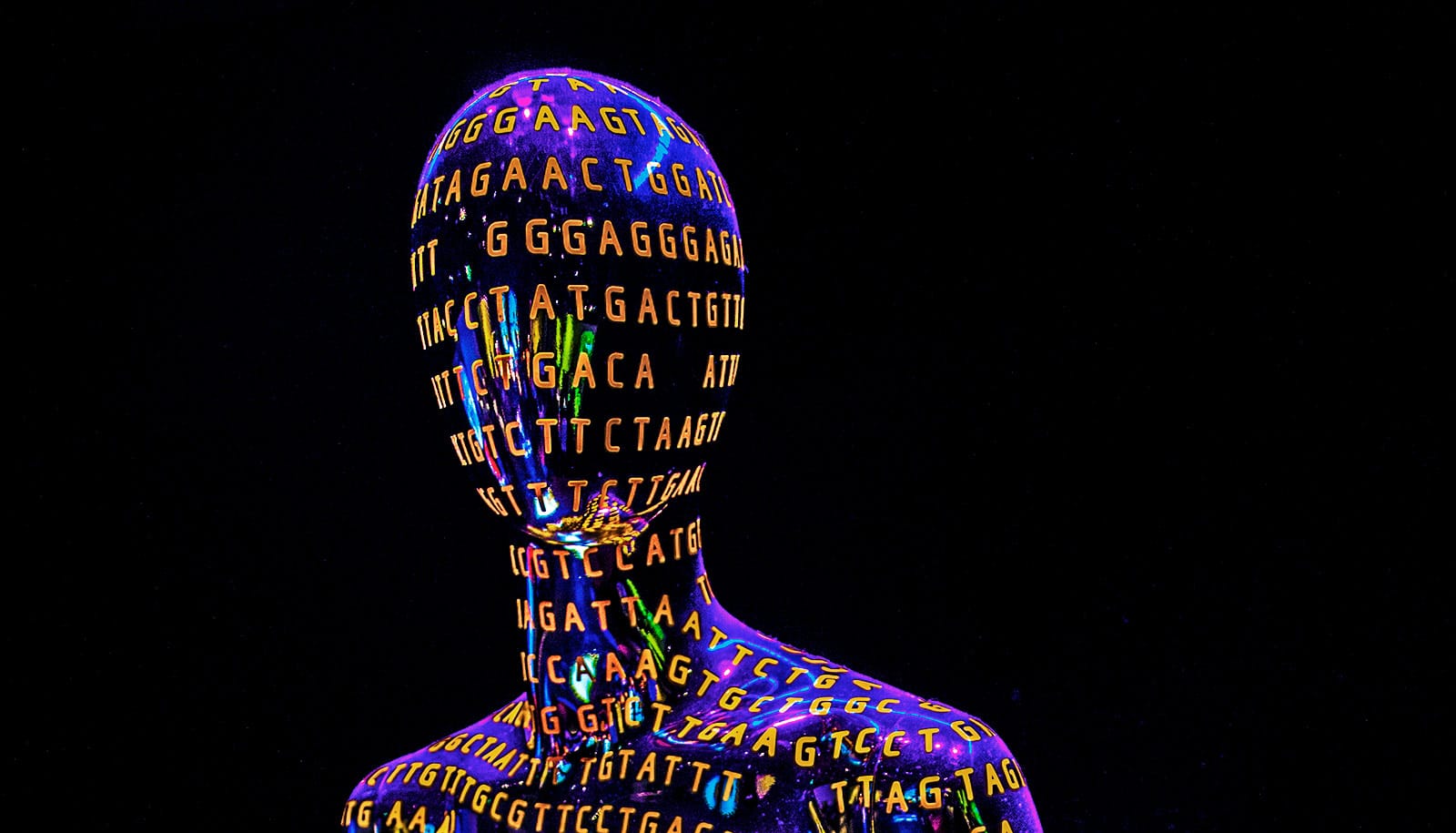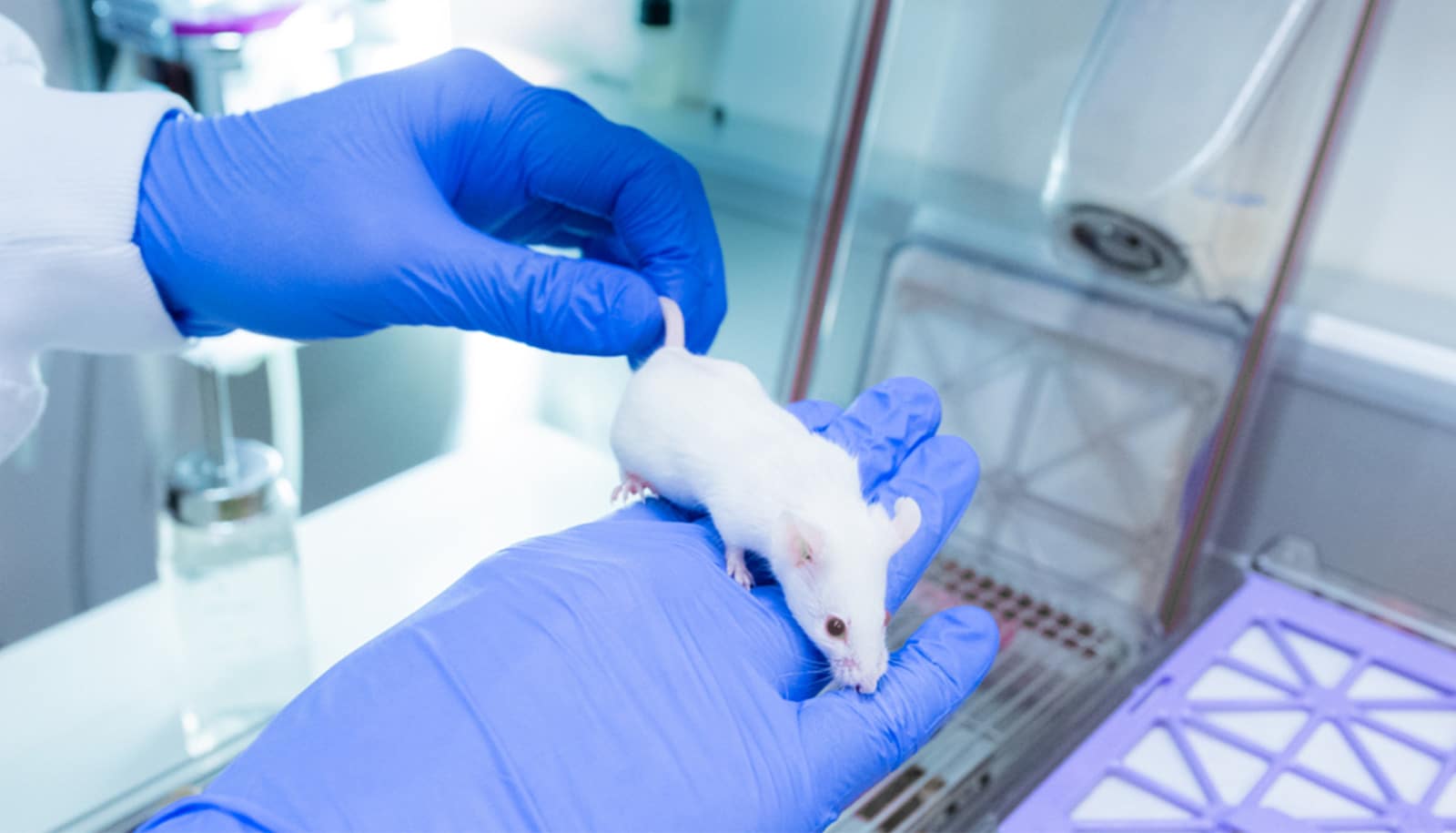The development of new drugs currently focuses on just 60 percent of potential drug targets, a new study indicates.
The study, which builds on extensive data analysis conducted using super computers—a technique called data mining—has examined huge amounts of literature within the health and medical sciences and other evidence sources in order to identify both the most and least studied proteins for drug targets.
Of the 20,000 proteins the researchers included in the study, they conclude that around 8,000 of these have not been mapped and studied by researchers or pharmaceutical companies. The study is believed to be the first to provide a comprehensive and useful picture of all the proteins that can be used to develop new drugs.
The combination of categorization and rankings [of proteins] works almost like a treasure map for drugs.
Since the 1990s, researchers affiliated with the Human Genome Project have tried to map the human genome. In 2014, through the project Illuminating the Druggable Genome, the National Institutes of Health Common Fund took steps toward mapping the genes in the human genome that code for proteins.
The researchers initially believed that more than 100,000 genes coded for proteins, but the mapping showed that only around 20,000 do. The drugs available today relate to less than 1,000 drug targets. According to Søren Brunak of the from the Novo Nordisk Foundation Center for Protein Research, the potential of drug design based on these proteins is almost exhausted, and therefore exploring new territory is important.
“We have used highly advanced computer analysis of data to shed light on the parts of the human genome that are rarely researched. We can see that they hold great potential, and we hope the analysis can motivate drug researchers to do some pioneer work. This may prove significant to future drug innovation,” says Brunak.
Dysfunctional proteins that have been damaged by genetic flaws cause many diseases. The vast majority of drugs aimed at treating these diseases work to prevent these proteins from becoming active.
Proteins with great potential are often referred to as drug targets and may, after extensive clinical trials, be approved for use as drugs. Studying and identifying proteins that are instrumental in diseases is a vital part of developing new drugs. The new study shows that researchers have yet to subject 40 percent of all potential drug proteins to thorough and prioritized study.
As part of their work, the researchers also divided the 20,000 proteins into four categories and ranked their potential as future drugs. The combination of categorization and rankings works almost like a treasure map for drugs.
To find new drugs, make ‘libraries’ from DNA
The research could also pave the way for new so-called repositioning opportunities, where already approved drugs can be tested on new factors. This means that proteins in drugs only approved for one therapy area could be tested for the treatment of other diseases.
The researchers report their findings in the journal Nature Reviews–Drug Discovery.
The analysis is based on research collaboration among the NIH National Center for Advancing Translational Sciences; Novo Nordisk Foundation Center for Protein Research; the Faculty of Health and Medical Sciences, University of Copenhagen; the University of New Mexico, the University of Miami; the European Bioinformatics Institute; and the Icahn School of Medicine at Mt. Sinai.
Source: University of Copenhagen



